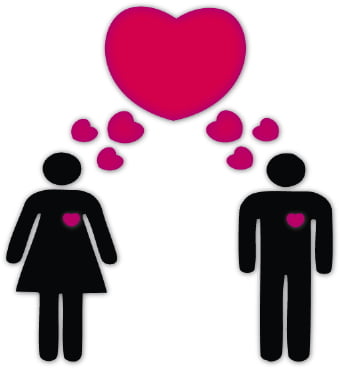Mastering Clear Communication: Essential Strategies and Techniques for Success
Effective communication is paramount for success in both personal and professional spheres. Misunderstandings can lead to project derailment, strained relationships, and unnecessary conflict. This comprehensive guide explores practical strategies to overcome communication barriers and cultivate clear, concise, and impactful interactions.
Active Listening: The Cornerstone of Understanding
Active listening transcends mere hearing; it involves fully engaging with the speaker. Give your undivided attention, maintain eye contact, use nonverbal cues like nodding to show comprehension, and ask clarifying questions to demonstrate genuine interest and ensure thorough understanding. This respectful approach fosters deeper connections, leading to more productive conversations.
Selecting the Optimal Communication Channel
The communication medium significantly impacts effectiveness. Face-to-face interactions are ideal for sensitive or complex topics, leveraging nonverbal cues and immediate feedback. Email or text messaging are suitable for quick updates or straightforward information. Choosing the right channel ensures accurate message reception and interpretation.
Harnessing the Power of Nonverbal Communication
Communication extends beyond words; nonverbal cues—facial expressions, body language, and tone of voice—play a crucial role. Be mindful of your own nonverbal signals and those of others. Discrepancies between verbal and nonverbal messages can cause confusion. Developing nonverbal cue awareness enhances communication accuracy and impact.
Clarity Through Simple and Concise Language
Avoid jargon, technical terms, and overly complex sentence structures. Use clear, concise language readily understood by your audience. Employ everyday language to ensure your message resonates and avoids confusion. Prioritizing simplicity ensures everyone is on the same page.
Empathy: Bridging the Communication Divide
Effective communication demands empathy—understanding and sharing the feelings of others. Consider their perspective and emotions. This approach fosters trust, improves understanding, and cultivates a positive communication environment.
Clarification: Preventing Misunderstandings
Don't hesitate to seek clarification if anything is unclear. It's preferable to clarify than make assumptions leading to misunderstandings. Ask open-ended questions to elicit detailed explanations and ensure complete comprehension.
Navigating Cultural Nuances
In our increasingly interconnected world, cultural sensitivity is crucial. Communication styles, norms, and gestures vary across cultures. Awareness of these differences prevents misinterpretations and promotes respectful interactions. Researching and understanding different cultural communication styles is essential for effective global communication.
Minimizing Distractions for Focused Interaction
In today's digital age, distractions are prevalent. Put away your phone, close unnecessary tabs, and give the other person your full attention. This demonstrates respect and ensures your full presence in the conversation, maximizing understanding and engagement.
Patience and Respect: Cornerstones of Effective Dialogue
Effective communication requires patience and respect. Avoid interrupting, allowing others to fully express their thoughts. Treat everyone respectfully, regardless of their viewpoints. Effective communication is a two-way street demanding mutual understanding and consideration.
Mindful Speaking: Precise Message Delivery
Before speaking, take time to organize your thoughts and ideas. Mindful speaking ensures a clearer and more confident delivery. Avoid rambling and focus on key points for a more impactful message.
Constructive Feedback: Fostering Growth
When giving feedback, focus on specific behaviors or actions, not the person. Offer both positive reinforcement and suggestions for improvement. Constructive feedback promotes open communication and encourages personal and professional growth.
Adapting Your Communication Approach
Individuals have varying communication preferences. Some prefer directness, others indirectness. Adapting your style to your audience ensures your message is well-received and understood. Flexibility is key to effective communication.
Visual Aids: Enhancing Comprehension
Visual aids like charts, graphs, and images significantly enhance comprehension, especially with complex information. They provide a visual representation of your message, reinforcing verbal communication and making complex ideas more accessible.
Learning from Communication Setbacks
Even with best intentions, communication can falter. View mistakes as learning opportunities. Reflect on what went wrong, identify areas for improvement, and adjust your strategies accordingly. Continuous learning refines communication skills.
Seeking Feedback for Continuous Improvement
Regularly seek feedback from trusted colleagues, mentors, or friends. Their perspectives offer valuable insights into your communication strengths and weaknesses, guiding your continuous improvement and growth as a communicator.
By consistently applying these strategies, you can significantly enhance your communication skills, fostering stronger relationships, achieving greater success, and navigating life's challenges with greater ease and understanding.
```

